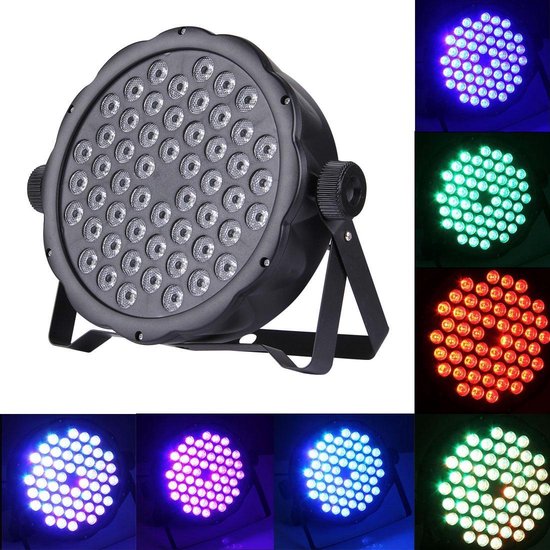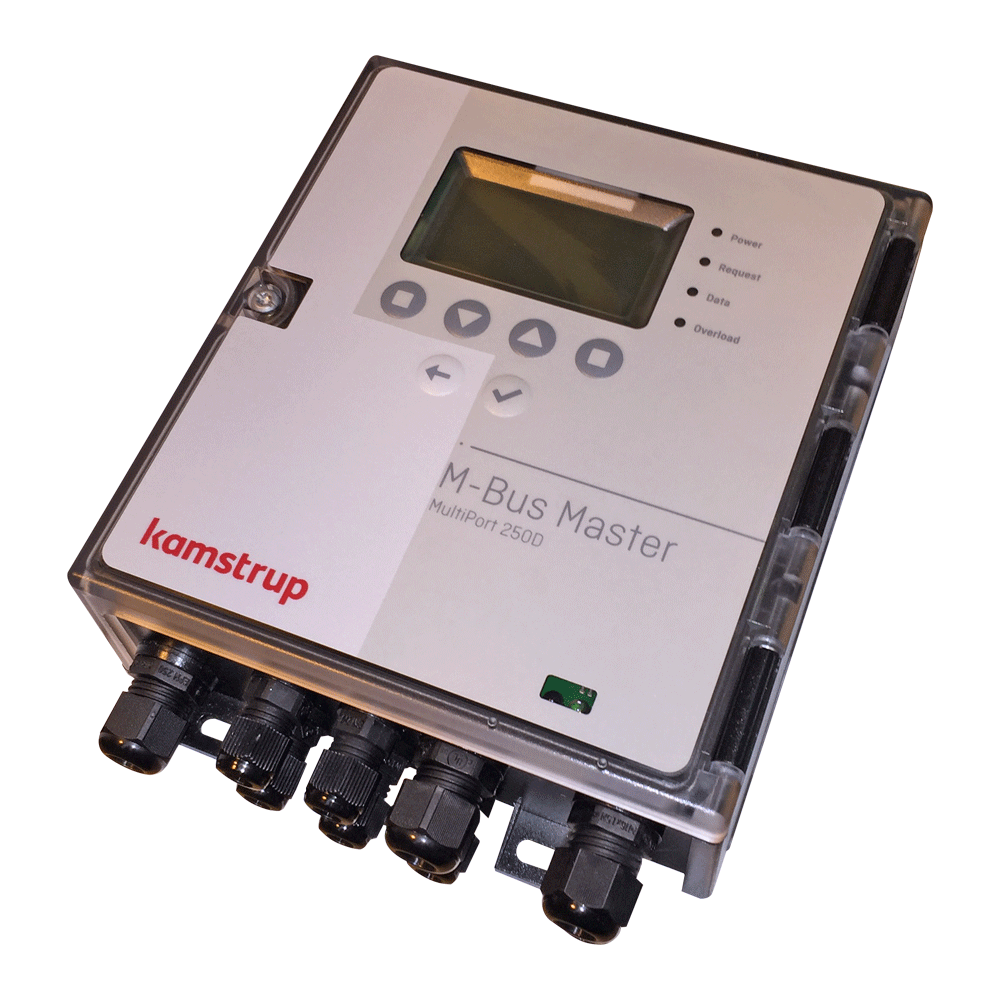Display Chest Freezers
BGM3 SAP tcode for – Display Master Warranty Here we would like to draw your attention to BGM3 transaction code in SAP. As we know it is being used in the SAP PM-EQM (Technical Objects in Plant Maintenance) component which is coming under PM module (Plant Maintenance).BGM3 is a transaction code used for Display Master Warranty in SAP. To display master-detail data on a page using ADF data binding, you exclusively use data model view link instances, which support master-detail coordination. When using ADF Business Components in combination with the ADF Model layer and ADF Faces UI components, the data model automatically updates to reflect any changes to the row sets of these.
Display chest freezers are designed for ice cream and frozen treat display. They draw attention to your products and help you sell more.
Brilliant LED lighting, for example, adds eye appeal for stored products. This added attention means more sales.
Display chest freezers also increase sales because they are mobile. With standard casters, you can easily place these freezers in high traffic areas to take advantage of last-minute purchases.
Curved Lid Display Chest Freezers
Flat Lid Display Chest Freezers
SAP S/4HANA Article Master
Hi ?,
This article blog is about the Article master or Material Master life cycle. In this blog post, I have tried to explain about the approach on how to define article structures in SAP S/4HANA, the cycle of material master and how to load it to SAP S/4HANA
When I started my Material master career, I had struggled with the below questions.
What is Material/Article?
How many types of Materials (and relationships among them) would be there and how to differentiate?
What is the structure in SAP S/4HANA?, etc.
Let’s start the technical part
The material master contains information on all the materials that a company procures or produces, stores, and sells. It is the company’s central source for retrieving material-specific data. This information is stored in the individual material master record
In a layman language, The Article Master or Material Master is all about what a company produces and sells. To keep all the information from product to product and its selling information along with different varieties available including final offering price to customers/end-user.
The material master is used by all components in the SAP Logistics System. The integration of all material data in a single database object eliminates redundant data storage. In the SAP Logistics System, the data contained in the material master is required.
Article Category
The article type (MARA-ATTYP) determines fundamentally, how the article will be stored on the database and how it will react. Essentially the following values are possible:
- Single material (industry) (MARA-ATTYP initial): ‚Standard’-Materials of non-Retail systems, created for instance by MM01.
- Single article (MARA-ATTYP = 00): Individually created articles like standard-materials.
- Generic article (MARA-ATTYP = 01): Generic articles do not exist physically and are not sold but do only exist as a data reference for variants.
- Variants (MARA-ATTYP = 02): Article of the kind of the generic article, but with special characteristic values. To the generic article ‘shirt’ for example, one can have the variant: shirt, white, size XL’.
- Sales Set (MARA-ATTYP = 10): A set is a combination of several articles that are bought individually and sold together, for example, a bottle of wine together with two wine glasses. The components are been deposit in the basic data view at the button ‘components’. Technically, a set is handled like a BOM and stored in BOM database tables. You should not maintain a set by BOM transactions, however.
- Prepack (MARA-ATTYP = 11): A lot is a collection of different articles that are bought together and sold individually, thus more or less the opposite of a set. Shoes would be a good example: They are bought also a collection of shoes with different sizes (for example one of size 39 three of size 40 … two of size 45 etc.). Prepack allocation plans are maintained in transaction WSTN11. From a technical point of view, prepacks are also plant independent BOMs.
- Display (MARA-ATTYP = 12): A Display is a collection of articles that are, like prepack, bought together and sold individually, including special packaging. An example would be at Christmas time the paper figure of Santa Claus, holding different types of chocolate: the manufacturer delivers the whole figure, the store sells the individual chocolates. Again, this is technically a BOM.
- Material group article (MARA-ATTYP = 20)
- Hierarchy article (MARA-ATTYP = 21)
- Group material (MARA-ATTYP = 22)
- Material group reference article (MARA-ATTYP = 30)
Let’s talk about a few main(regularly used) material types like single, generic, variant, PIR, displays and BOMS.
Single-Article
Individually created a standard article in SAP retail systems. A single article has no variant defining characteristics, such as; flavor, size and/or color. Single articles are not connected to any other article in standard functionalities
Generic-Article –
Generic-Articles are not real articles and cannot be sold. They serve only as a data reference for variants/varieties. Although generic articles exist in the systems, they have no inventory management. Generic-Article can be regarded as “parents” of the individual variant articles.
Generic Article is a special type of configurable article that can be used for structuring and maintaining variants of an article. Variants are articles that differ only in certain characteristics such as color, size, or flavor. They grouped together as generic articles.
In Layman language –> Generic articles do not exist physically and are not sold but exist as a data reference for variants. Generic articles exist in systems but have no inventory management.
Variant article
Child article of the generic article, but with special characteristic values assignment, like flavors. Variant articles are always created via generics and will inherit characteristics from the generic. Serge nubret death cause.
Display article
A Display is a collection of articles that are like the prepack, bought together and sold individually. As components, you are not restricted to use either single articles or variants of different generic articles. Within display articles, it is possible to use articles from different Merchandise Categories.
Design Master Display
Purchase info record
Serves as a source of information for Purchasing. The purchasing info record contains information on a specific material and a vendor supplying the material. For example, the vendor’s current pricing is stored in the info record.
Sales set
A set is a combination of several articles that are bought individually and sold together, for example, a bottle of wine together with two wine glasses. Individual components can have a different price, different tax code but will be sold together with one price.
Prepack
A prepack is a collection of different articles that are bought together and sold individually. Within prepacks you are restricted to use only variant articles. All variant articles must be assigned to the same merchandise category.
BOM (bill of materials)
A formally structured list of the components that make up a product or assembly. The list contains the object number of each component, together with the quantity and unit of measure.

Ashampoo winoptimizer 16 key. Let’s start creating a material
Step 1:

Go to transaction code MM41 to create a material
Display Master Flags
There you can see multiple types of material types as below
Step 2:
Select your material type, in our example, I have selected some sample material type and other details like material group, material category, sales org, etc.
Now a screen appears for all view(w) in Tab screen.
- Select the Basic Data1 tab.
- Enter the material category–> Here we are creating single material, hence select ’00’
- Enter the material group.

Step 3:
Once after filling the details, get into views to fill the values as below:
Step 4:
Go to sales, purchasing and other tabs as per your requirement and fill details
Sales:
and enter sales organization details as follows:
Step 5:
Once filled the required views, save it.
Let us see our created material
Transaction code:
MM43
Step 6:
Tcode MM43 shows the materials been created.
Step 7:
Select the views which were created as follows(like basic, sales, purchasing, and POS)
In this case, I have created basic, sales, purchase as well.
I am selecting only basic and purchase.
Step 8:

The Basic view would be shown as below once created.
Step 9:
DC View:
Design Master Displays High Point
If you want to change the material details the go to transaction code MM42and make necessary changes and save it.
Step 10:
Change the material details with MM42 TCODE as explained above
In my next blog for the continuation to this material blog, i will try to put up the differentiation between single, generic and variants nad display with more examples.
In the next blog posts, we can discuss more on processing.
That’s all about this blog post.
Thanks for reading, please provide your feedback. 🙂
Happy Learning, see you in my next blog 🙂
Thanks,
Venkatesh Golla
